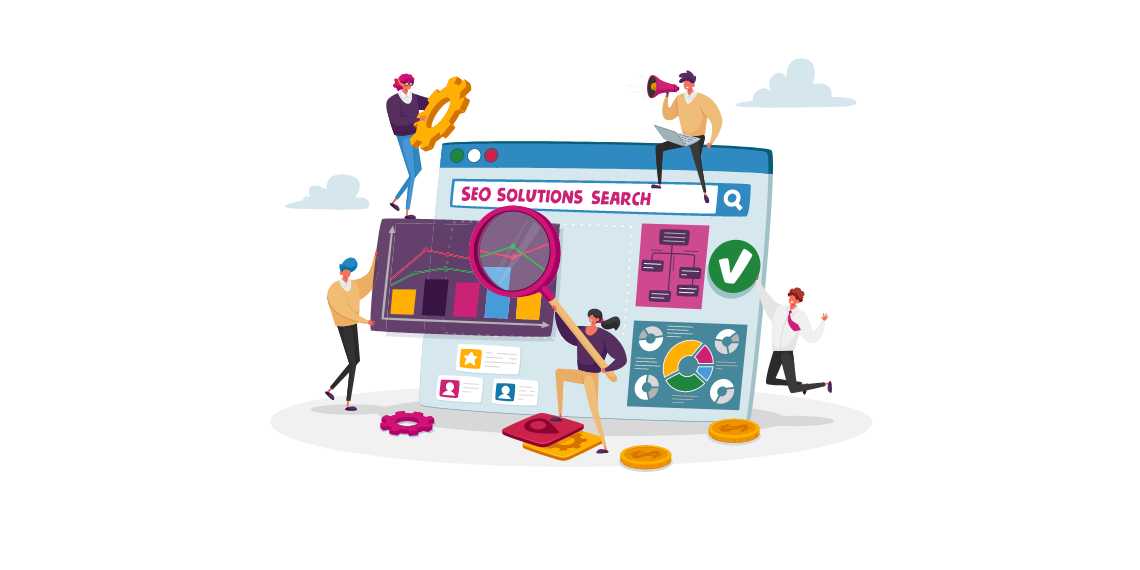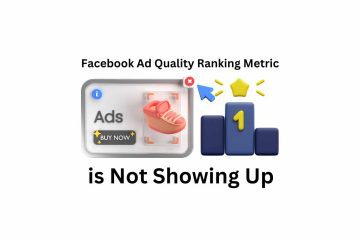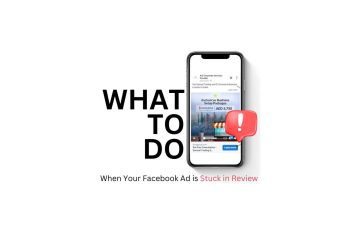Introduction:
As a specialized digital marketer, I have found that creating a content plan that follows a pyramid structure can be highly effective in generating revenue, building organic traffic, and earning backlinks. In this blog, I will explain how I create SEO content plans using the pyramid content funnel strategy. I will provide an overview of the strategy and explain each stage of the funnel in detail, including examples of content that can be created for each stage.
The Pyramid Content Funnel Strategy:
The pyramid content funnel strategy is a content planning approach that flips the traditional content funnel into a pyramid. The strategy prioritizes revenue generation, creates a content moat, scales organic traffic, builds email lists, and earns backlinks. The pyramid structure of the funnel allows for a more focused approach to content creation, with each stage building on the previous one.
Stage 1: Convert
The first stage of the pyramid content funnel is Convert. This stage is focused on helping users decide between products and finding a better alternative to what they are currently using or considering buying. The goal of this stage is to convert users into customers.
Helping users decide between products:
One way to help users decide between products is to create comparison content. This can include articles that compare your product to a competitor’s product, or articles that compare multiple products in your industry. For example, you could create an article titled “[Competitor] vs [You]” or “[Competitor] vs [Competitor] vs [You]”. These articles should highlight the benefits of your product and why it is a better choice than your competitors.
Helping users find a better alternative:
Another way to convert users is to help them find a better alternative to what they are currently using or considering buying. This can include articles that provide alternatives to a competitor’s product or reviews of a competitor’s product. For example, you could create an article titled “[Competitor] Alternatives” or “[Competitor] Review”. These articles should highlight the benefits of your product and why it is a better alternative to your competitors.
Examples of Convert content:
– “10 Reasons Why [Your Product] is Better Than [Competitor’s Product]”
– “[Competitor] vs [You]: Which is the Better Choice?”
– “5 Alternatives to [Competitor’s Product]”
There’s No Such Thing as Quick Wins in SEO… Or Is There?
Best and Worst Use Cases of ChatGPT for SEO
ChatGPT and SEO: Leveraging the Power of AI for On-Page Optimization
Stage 2: Interest
The second stage of the pyramid content funnel is Interest. This stage is focused on helping users discover the best product for them, solving their pain-points, and providing them with utility. The goal of this stage is to build trust with users and establish your brand as an authority in your industry.
Helping users discover the best product for them:
One way to help users discover the best product for them is to create articles that highlight the benefits of your product category. For example, you could create an article titled “Best [Your Product Category]” or “Best [Your Product Category] for [Use Case]”. These articles should provide valuable information to users and highlight the benefits of your product.
Helping users solve their pain-points:
Another way to build trust with users is to help them solve their pain-points. This can include articles that provide tips and advice on how to solve a problem that your product can help with. For example, you could create an article titled “How to [Solve A Pain You Help Solve]” or “[Pain You Help Solve] Tips”. These articles should provide actionable advice to users and demonstrate your expertise in your industry.
Providing users with utility:
Finally, you can provide users with utility by creating articles that provide templates or examples related to your product. For example, you could create an article titled “[Thing for Your Product] Templates” or “Examples of [Thing for Your Product]”. These articles should provide users with valuable resources that they can use in their own work.
Examples of Interest content:
– “The Ultimate Guide to [Your Product Category]”
– “5 Tips for Solving [Pain You Help Solve]”
– “[Thing for Your Product] Examples and Inspiration”
Stage 3: Awareness
The third and final stage of the pyramid content funnel is Awareness. This stage is focused on creating linkable assets for natural backlinks, educating users about product-related topics, and rapidly creating awareness content to scale traffic. The goal of this stage is to increase brand awareness and drive traffic to your website.
Creating linkable assets for natural backlinks:
One way to create linkable assets is to create content that provides statistics or studies related to your product or industry. For example, you could create an article titled “[Topic Related to Your Product] Statistics” or “[Topic Related to Your Product] Studies”. These articles should provide valuable information to users and be shareable on social media.
Educating about product-related topics:
Another way to increase brand awareness is to educate users about product-related topics. This can include articles that explain what your product is and the benefits of using it. For example, you could create an article titled “What is [Topic Related to Your Product]” or “Benefits of [Topic Related to Your Product]”. These articles should provide valuable information to users and demonstrate your expertise in your industry.
Rapidly creating awareness content to scale traffic:
Finally, you can rapidly create awareness content to scale traffic by using templatised content, programmatic content, AI content, user-generated content, or minimum viable content. Templatised content involves creating content based on a template, such as a listicle or how-to article. Programmatic content involves using software to create content automatically. AI content involves using artificial intelligence to create content. User-generated content involves using content created by users, such as reviews or testimonials. Minimum viable content involves creating content quickly and with minimal effort.
Examples of Awareness content:
– “10 Surprising Statistics About [Your Product Category]”
– “What is [Your Product] and How Can it Benefit You?”
– “5 Ways to Create Content Quickly and Easily”
Conclusion:
The pyramid content funnel strategy is a highly effective approach to creating SEO content plans. By prioritizing revenue generation, creating a content moat, scaling organic traffic, building email lists, and earning backlinks, you can create a focused and effective content plan that drives results. By following the stages of the funnel, you can create content that converts users into customers, builds trust and authority, and increases brand awareness. Use this framework to 10x your blog results and achieve your marketing goals.

Hello, I’m Ali Raza, the brain behind Digital Realm Trends.
Hailing from the vibrant world of digital marketing, I’ve honed my skills over years. Based on my experience, I’m here to unravel the complexities of digital marketing, analytics and paid marketing, crafted for individuals like you. Join me in uncovering the power of digital marketing tools and strategies, fueled by experimentation and insights.




